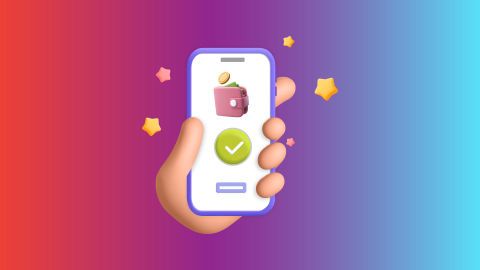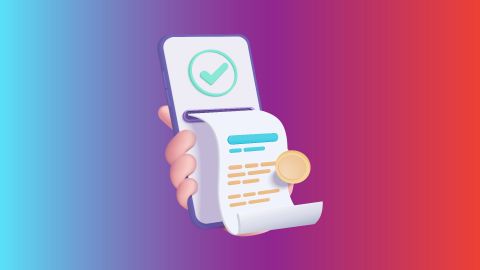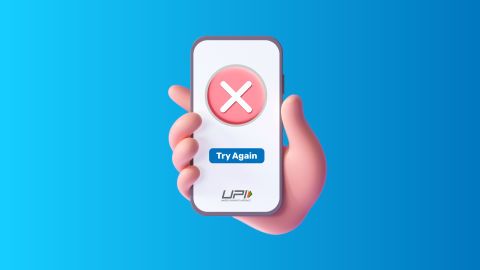About UPI
Unified Payments Interface (UPI) is a real-time payment system developed by the National Payments Corporation of India (NPCI) that facilitates instant fund transfers between bank accounts through mobile devices. It allows users to link multiple bank accounts to a single mobile application, enabling seamless UPI transactions. UPI has gained immense popularity due to its convenience, speed, and 24/7 availability. Users can make payments for various services, including shopping, bill payments, and money transfers, all while ensuring a secure transaction process.Top UPI safety tips to protect your transactions
Use strong passwords: Create complex passwords for your UPI apps and avoid using easily guessable information.Enable two-factor authentication: Use two-factor authentication (2FA) for an additional layer of security.
Keep your app updated: Regularly update your UPI application to benefit from the latest security features.
Avoid public wi-fi: Do not conduct financial transactions over unsecured public wi-fi networks.
Be wary of phishing attempts: Do not share your UPI PIN or personal information with anyone, even if they claim to be from your bank.
Monitor your transactions: Regularly check your transaction history for any unauthorised activity.
Use trusted apps: Only download UPI applications from official app stores and avoid third-party apps.
Log out after using: Always log out of your UPI app after completing transactions.
Common UPI scams and how to avoid them
UPI scams are on the rise, with fraudsters employing various tactics to deceive users. One common scam involves fake customer service calls where scammers pose as bank representatives and ask for sensitive information like UPI PINs or OTPs. To avoid falling victim, always verify the identity of the caller and never disclose personal information over the phone.Another prevalent scam is the "money refund" scam, where users receive messages claiming they are entitled to a refund. Scammers often provide a link that leads to a fake website designed to steal login credentials. To protect yourself, always ignore unsolicited messages and verify any claims directly with your bank through official channels.
Additionally, be cautious of QR codes from unknown sources. Scammers may send malicious QR codes that lead to unauthorised transactions. Always scan QR codes from trusted sources only and ensure you know the recipient before making any payments.
How secure are UPI transactions?
| Security feature | Description |
| End-to-End encryption | UPI transactions are encrypted to protect user data during transmission. |
| Two-Factor authentication | Users must authenticate transactions through multiple verification steps. |
| Transaction limits | Daily transaction limits help minimise potential losses in case of fraud. |
| User notifications | Users receive instant notifications for every transaction made. |
| Fraud detection mechanisms | Banks employ algorithms to detect unusual transaction patterns and flag them. |
UPI transactions are considered secure due to these multiple layers of protection; however, users must also take precautions to safeguard their personal information.




